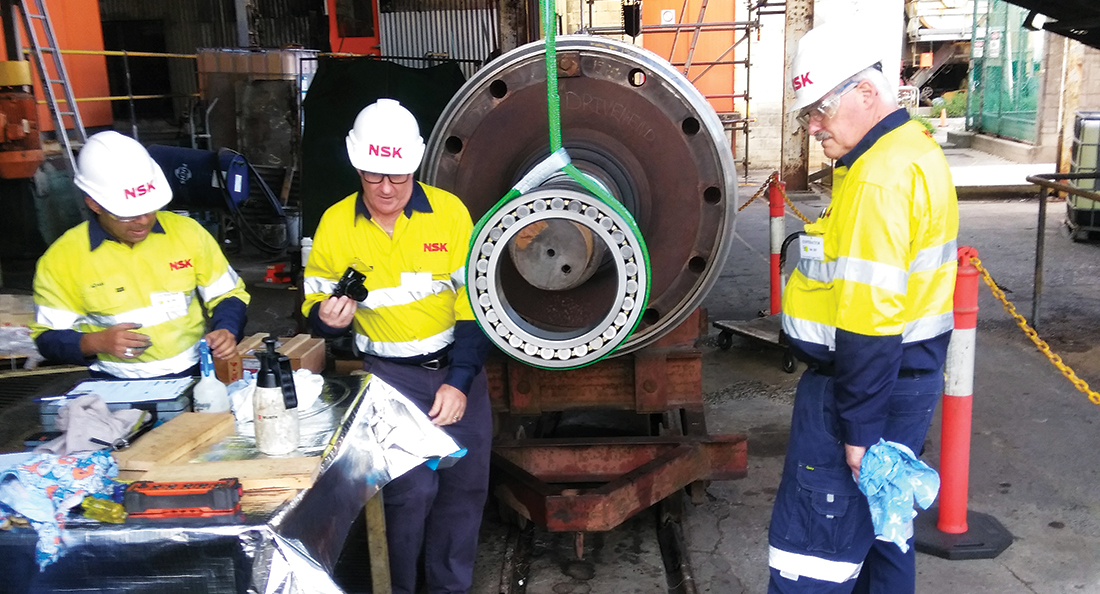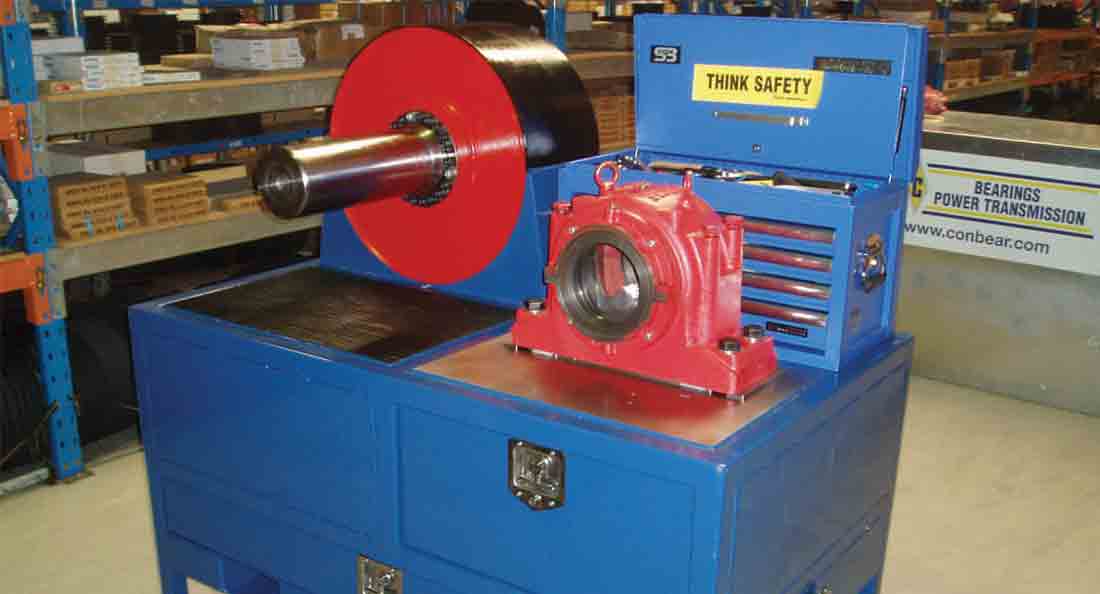For a major milk processing plant in Queensland, regular vibration analysis conducted by BSC reliability engineers over the past eight years has provided peace of mind and maximum machinery uptime.
Every three months, a BSC reliability engineer visits the plant and measures vibration levels in the plant’s critical assets such as pumps, air compressors, ammonia compressors, separators and homogenisers, reporting back to plant managers with maintenance recommendations and repair requirements.
The practice, according to Anthony Richards, Reliability Engineering Manager at BSC, has helped prevent numerous potential critical failures, providing the plant with maximum reliability.
According to Anthony, while vibration analysis is an important process for preventive maintenance at any industrial plant, it is particularly beneficial for food and beverage manufacturers.
“If a critical asset fails at a food manufacturing plant, the consequences can be grave. Apart from the expense of repairing or replacing that equipment, large amounts of food that relies on that piece of machinery can be compromised,” he says.
“For example, ammonia refrigerators are used across the food and beverage industry for chilling purposes. If an ammonia compressor fails unexpectedly, the refrigerator cannot maintain the food at optimum temperature, which means the food in the refrigerator will go to waste.”
When conducting vibration monitoring for any industrial plant, Anthony says the first step is to identify the critical assets on the site.
“We define critical assets as those machinery whose failure can stop production or compromise production. So, when we walk into a plant, we first try to identify these critical assets to include them in our vibration monitoring program.”
Through the process of regular condition monitoring, Anthony says the team measures bearing rotations and vibration in any moving part of the machines and then prepares a condition report based on the analysis of this data.
“By analysing the vibration data, we can point out any deviation from normal vibrations in the rotating equipment and then monitor this equipment more closely to prevent any unexpected failure,” he says.
“Just because we detect a fault in a certain equipment, it does not mean the equipment needs to be replaced or maintained immediately. Sometimes this might mean that we need to monitor the equipment over the next six to twelve months before having to do any remediation,” he adds.
While analysing vibrational data helps detect certain anomalies in the equipment, Anthony says the experience of the BSC team is key to providing the right recommendations to plant managers.
“One thing I often tell our clients is that we can detect issues in their machinery more so with our eyes, ears and sense of smell than anything else. For example, we might be walking past a piece of machinery that’s not even covered in our condition monitoring schedule and we can detect safety risks or sense if something is not right and notify the maintenance team to keep an eye on that machine.”
Having spent over 20 years working in the site services with BSC to serve clients across multiple industries, including food and beverage and mining, Anthony is confident of the competence of the BSC reliability engineering team.
“One of the key benefits of using BSC’s services for condition monitoring is that all of our team members are either reliability engineers or mechanical engineers. So, they are not just trained in conducting vibration analysis, but they have each been working in the rotating equipment industry for over ten years,” he says.
“This is very important when we are working with a critical industry such as food and beverage. We can often make recommendations on which equipment are critical assets and we recommend our client to monitor those regularly. By detecting any fault at an early stage, we can help prevent major maintenance requirements and potential productivity losses down the line,” he concludes.



